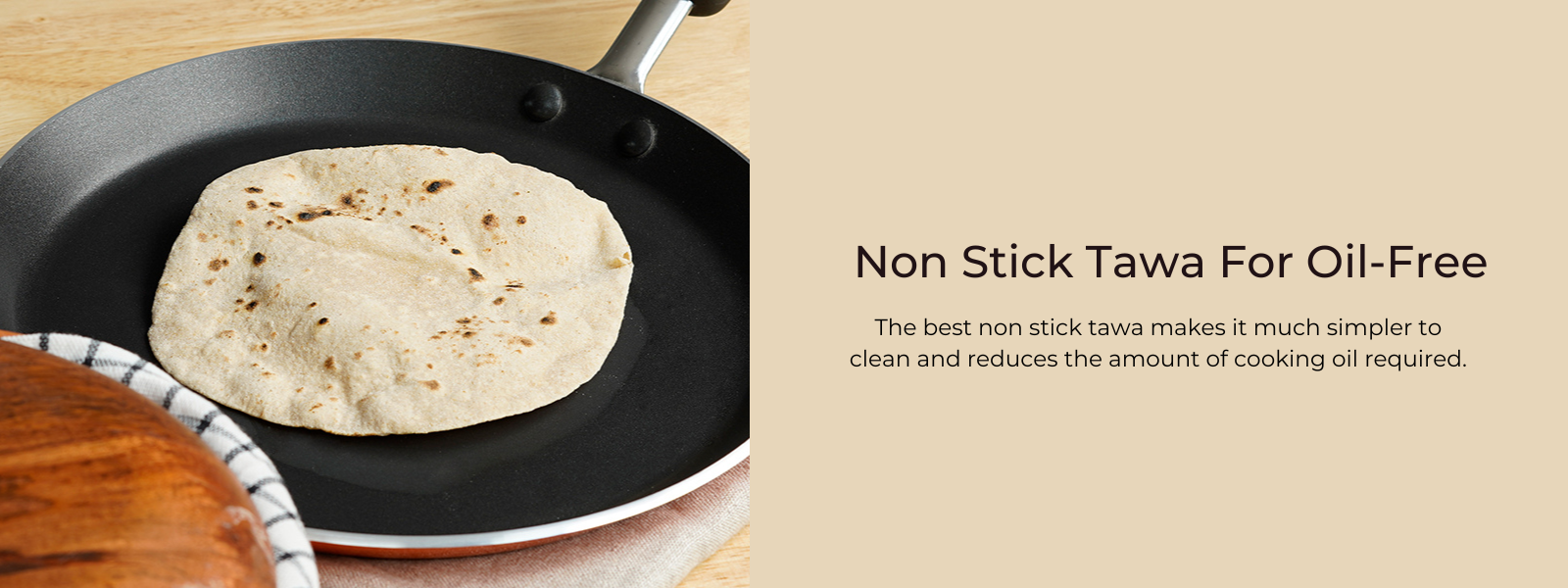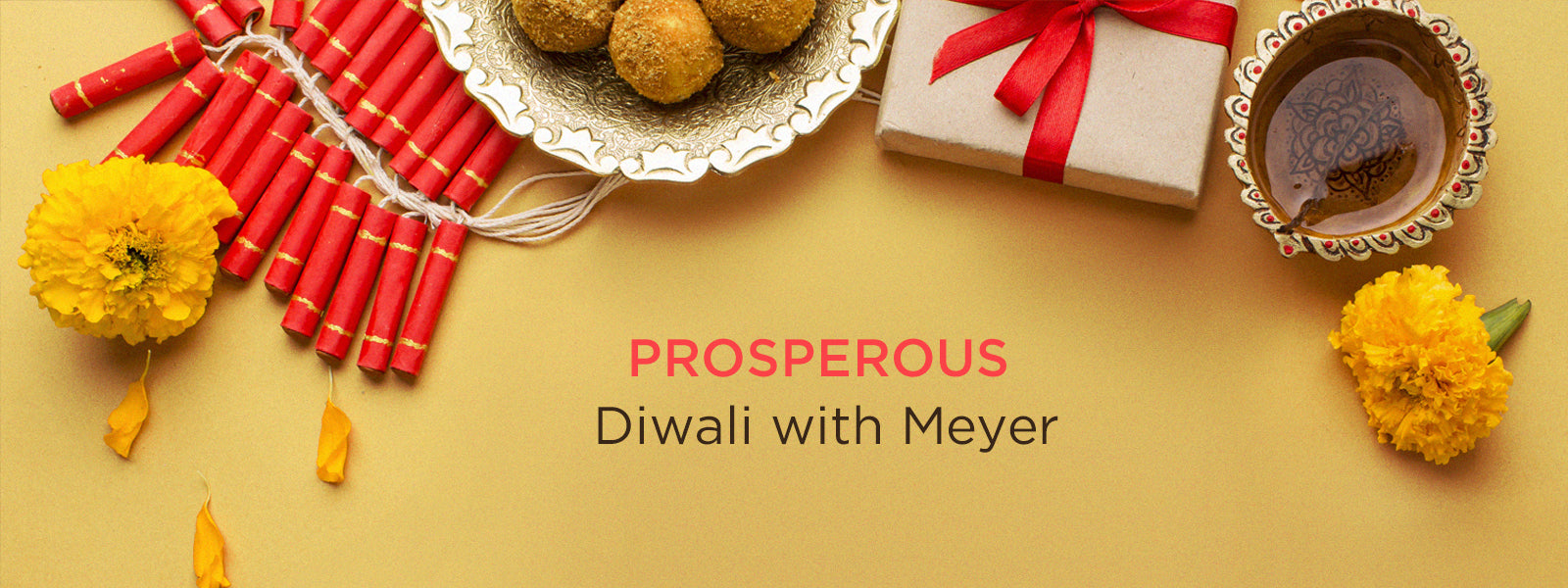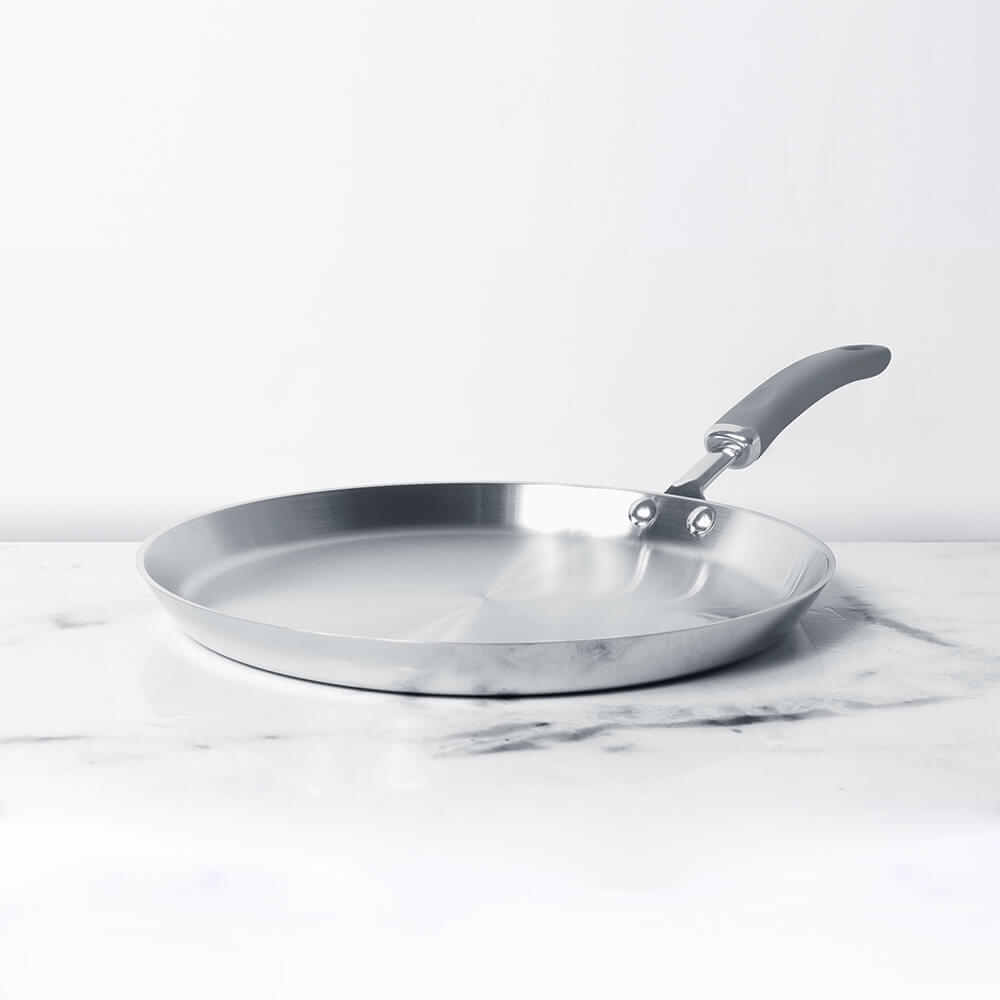A "pan tava” or “tawa pan" is a term that is commonly used to refer to a cooking utensil that combines the features of a traditional pan and a tava. A “pan tava” typically has a flat, round cooking surface like a tava, which is designed for making items like chapatis, rotis, dosas, and more. However, it also incorporates features of a regular pan, such as sloping sides, which makes it suitable for a wider range of cooking tasks.
Table of Contents
What is Pan Tava?
The term “pan tava” or "tawa pan" is often used to describe a versatile cooking tool that can be used for both flatbread cooking and other cooking methods that require a pan-like shape. It allows you to prepare items like pancakes, eggs, vegetables, and more, while also being suitable for the traditional Indian flatbreads.
Tawa pans can come in various sizes and materials, including cast iron, non-stick, stainless steel, and more. They are a multipurpose addition to the kitchen since in addition to the practicality of a pan, they also have the specialised cooking surface of a tava. The flat cooking surface of a tawa pan allows for a wide range of cooking methods, from searing and browning to quick frying and reheating.
Uses of Pan Tava:
Pan Tava is commonly used in Indian and other cuisines to prepare a variety of dishes. Below are some common use of pan tava:
- Making Flatbreads: Tawa pans are primarily used for making flatbreads like chapatis, rotis, naans, and parathas. The flat surface and even heat distribution help cook these breads evenly, resulting in soft and properly cooked flatbreads.
- Cooking Dosas and Uttapams: Tawas are perfect for making dosas (thin fermented rice and lentil crepes) and uttapams (thicker rice and lentil pancakes with toppings). The flat surface allows for easy spreading of the batter and even cooking.
- Preparing Pancakes and Crepes: Tawas are great for making pancakes, crepes, and other similar items. The flat surface ensures that these items cook uniformly and achieve the desired texture.
- Roasting and Toasting: Tawas can be used for roasting various items like papads (thin lentil wafers), nuts, seeds, and spices. They can also be used to toast bread slices or tortillas.
- Sautéing Vegetables: The wide cooking surface of a tawa pan makes it suitable for sautéing vegetables, stir-frying, and cooking side dishes.
- Cooking Eggs: Tawas are perfect for cooking eggs in various forms, including fried eggs, omelets, and scrambled eggs.
- Grilling Sandwiches: Tawa pans can function as a makeshift grill for making grilled sandwiches, as they provide direct contact with heat and can create attractive grill marks.
- Cooking Cutlets and Patties: Tawas are ideal for shallow frying cutlets, patties, and other shallow-fried snacks.
Pan Tava Material:
Pan Tava comes in various materials, including cast iron, non-stick, and stainless steel. The material you choose can affect the cooking process and results. It's important to properly season and maintain cast iron tawas to ensure their non-stick properties and longevity.
The choice of material for a tawa pan depends on your cooking preferences, needs, and priorities. Different materials offer varying benefits and characteristics. Here are some common materials used for tawa pans, along with their pros and cons:
- Cast Iron: Cast iron tawa pans are highly regarded for their excellent heat retention and even heat distribution. They develop a natural non-stick surface when properly seasoned and maintained. Cast iron tawas are versatile and can be used for making dosas, rotis, and a variety of dishes. However, they require proper care to prevent rust and maintain their seasoning.
- Non-Stick Coated: Non-stick tawa pans have a coating that prevents food from sticking, making them convenient for cooking with less oil. They are suitable for making dosas, pancakes, and other items that require minimal sticking. However, the non-stick coating can wear off over time and might not be as durable as other materials.
- Stainless Steel: Stainless steel tawa pans offer durability and resistance to corrosion. They are suitable for cooking at higher temperatures and are often used for making rotis and other flatbreads. However, stainless steel tawas may require more oil to prevent sticking.
- Aluminum: Aluminum tawa pans are lightweight and heat up quickly, making them ideal for tasks like warming tortillas or roasting papads. However, they may not have the same durability as other materials, and direct acidic ingredients should be used with caution to avoid chemical reactions.
- Anodized Aluminum: Anodized aluminum tawas have a protective layer that enhances durability and non-stick properties. They are resistant to scratches and provide even heat distribution. Anodized tawas are suitable for various types of cooking, including dosas and other flatbreads.
Conclusion:
Ultimately, the best material for your tawa pan depends on your cooking habits, preferences, and maintenance routine. Cast iron is often recommended for its versatility and long-term durability, but non-stick and other materials offer convenience and ease of use. Consider factors like heat conductivity, maintenance requirements, and the types of dishes you intend to prepare before making your choice.










Leave a comment